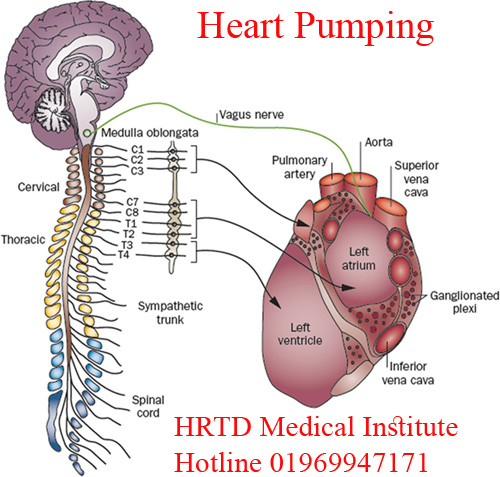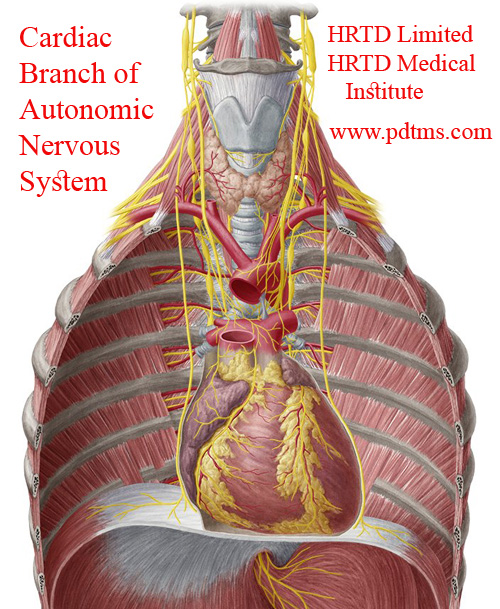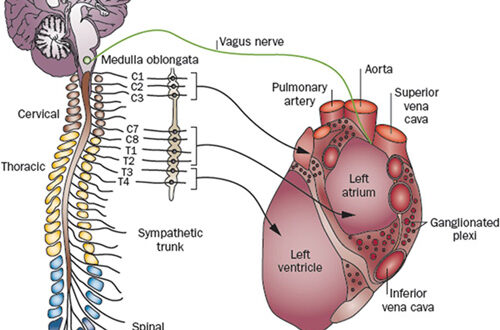Heart Pumping Details
Heart Pumping. Hotline 01969947171. Heart Pumping is a combination process. There are three mechanisms for heart pumping: (1) Cardiac Branch of Autonomic Nervous System, (2) Electricity production by Cardio conductive Nodes, (3) Metabolic Energy by Myocardial Cells. Heart Pumping and regulation of normal heart rhythms will be discussed in PDT Cardiology Courses and PDT Medicine Courses.

There Courses are Post Diploma Training in Cardiology 6 Months, Post Diploma Training in Cardiology 1 Year, Post Diploma Training in Cardiology 2 Years, Post Diploma Training in Medicine 6 Months, Post Diploma Training in Medicine 1 Year, and Post Diploma Training in Medicine 2 Years, and Post Diploma Training in Medicine and Cardiology 1 Year, Post Diploma Training in Medicine and Cardiology 2 Years. All these courses are available in PDT Department of HRTD Medicine Institute. HRTD Medical Institute is a Medical Based Training Institute of HRTD Limited which is a registered by the govt of the people republic of Bangladesh.
Cardiac Branch of Autonomic Nervous System Plays an Important Role in Heart Pumping
The cardiac branches of the autonomic nervous system (ANS), specifically the sympathetic and parasympathetic systems, regulate heart rate, contractility, and blood vessel tone with the sympathetic system increasing these functions and the parasympathetic system decreasing them.

Here’s a more detailed explanation:
1. Autonomic Nervous System (ANS) Overview:
- The ANS is a part of the peripheral nervous system that controls involuntary functions like heart rate, breathing, digestion, and blood pressure.
- It has two main divisions: the sympathetic and parasympathetic nervous systems.
- The ANS functions continuously without conscious effort, maintaining homeostasis.
2. Sympathetic Nervous System (SNS):
- The SNS is often associated with the “fight-or-flight” response, preparing the body for stressful or emergency situations.
- Effects on the Heart:
- Increases heart rate (chronotropic effect).
- Increases the force of heart contractions (inotropic effect).
- Dilates coronary arteries, increasing blood flow to the heart muscle.
- Increases blood pressure.
- Neurotransmitters: Releases norepinephrine (noradrenaline) and epinephrine (adrenaline).
- Receptors: Activates adrenergic receptors on the heart.
3. Parasympathetic Nervous System (PNS):
- The PNS is often associated with the “rest-and-digest” response, promoting relaxation and conserving energy.
- Effects on the Heart:
- Decreases heart rate (chronotropic effect).
- Decreases the force of heart contractions (inotropic effect).
- Constricts coronary arteries, decreasing blood flow to the heart muscle.
- Decreases blood pressure.
- Neurotransmitters: Releases acetylcholine.
- Receptors: Activates muscarinic receptors on the heart.
4. Interplay and Regulation:
- The sympathetic and parasympathetic systems work antagonistically, maintaining a balance in heart function.
- The ANS is regulated by centers in the spinal cord, brainstem, and hypothalamus.
- Afferent information from the heart, blood vessels, and other organs can modulate ANS activity.
- Dysregulation of the ANS can contribute to various cardiovascular disorders.
Cardiac Conduction System and Heart Pumping
- Sinoatrial (SA) Node (Natural Pacemaker):The SA node, located in the right atrium, initiates the electrical impulses that drive the heartbeat, setting the heart rate.
- Atrioventricular (AV) Node:The AV node, located in the lower part of the right atrium, receives signals from the SA node and acts as a crucial delay point, ensuring the atria fully contract and empty blood into the ventricles before the ventricles contract.
- Bundle of His (AV Bundle):The bundle of His, located in the lower part of the right atrium, receives signals from the AV node and conducts them to the ventricles.
- Bundle Branches:The bundle of His splits into left and right bundle branches, which conduct signals down the interventricular septum (the wall between the ventricles).
- Purkinje Fibers:These fibers, located within the ventricular walls, rapidly transmit signals to the ventricular muscle cells, causing them to contract in a coordinated manner.
- Initiating and Coordinating Heartbeats:The SA node generates the electrical impulses that initiate each heartbeat, and the conduction system ensures these impulses are transmitted efficiently throughout the heart.
- Ensuring Proper Timing of Contractions:The AV node’s delay allows the atria to contract and empty blood into the ventricles before the ventricles contract, ensuring efficient blood flow.
- Synchronizing Ventricular Contractions:The bundle branches and Purkinje fibers ensure that the ventricles contract in a coordinated, synchronized manner, allowing for efficient pumping of blood into the aorta and pulmonary arteries.
- Maintaining a Regular Heart Rhythm:The cardiac conduction system plays a crucial role in maintaining a regular heart rhythm, and any disruption can lead to arrhythmias (irregular heartbeats).
- The cardiac conduction system, a network of specialized cells, initiates and coordinates heartbeats by generating and transmitting electrical signals, causing the heart muscles to contract and pump blood.
- Here’s a more detailed explanation:
- Initiating the Heartbeat:The heart’s natural pacemaker, the sinoatrial (SA) node, located in the right atrium, generates electrical impulses that signal the heart to contract.
- Conduction Pathway:
- The electrical signal spreads through both atria, causing them to contract and push blood into the ventricles.
- The signal then passes through the atrioventricular (AV) node, which acts as a gatekeeper, slightly delaying the signal to allow the atria to empty completely before the ventricles contract.
- The signal continues through the bundle of His, a pathway that carries electrical impulses into the ventricles.
- The signal then travels through the left and right bundle branches, located within the ventricles, and finally to the Purkinje fibers, which stimulate the ventricular muscle to contract.
- Coordinated Contraction:This coordinated sequence of electrical impulses ensures that the atria contract before the ventricles, allowing the ventricles to fill with blood before they contract and pump blood to the lungs and the rest of the body.
- Importance:The cardiac conduction system is crucial for maintaining a regular and efficient heartbeat, and any disruptions in this system can lead to abnormal heart rhythms (arrhythmias).
Metabolism in Myocardial Cells That Plays a Role in Heart Pumping
Myocardial metabolism, the heart’s energy production process, relies heavily on fatty acids and, to a lesser extent, carbohydrates and other substrates, primarily through oxidative phosphorylation in mitochondria.
Here’s a more detailed breakdown:
- Primary Energy Source:The heart primarily uses fatty acids (60-70%) for energy production, with carbohydrates (30%) playing a smaller role.
- Oxidative Phosphorylation:The majority (90-95%) of ATP (the heart’s energy currency) is generated through oxidative phosphorylation in the mitochondria.
- Metabolic Flexibility:The heart can adapt and utilize different substrates (fatty acids, glucose, lactate, amino acids, and ketones) depending on availability and metabolic conditions.
- Fatty Acid Metabolism:Free fatty acids undergo beta-oxidation in the mitochondria to generate energy.
- Glucose Metabolism:Glucose is also utilized, particularly during periods of increased energy demand or when fatty acid availability is limited.
- Lactate Metabolism:Lactate, traditionally viewed as a byproduct of anaerobic metabolism, can also be used as an energy source by the heart, especially during exercise or stress.
- Myocardial Energetics:The heart’s ability to rapidly switch between different fuel sources and its high oxygen consumption rate are key aspects of myocardial energetics.
- Metabolic Remodeling:In heart failure, myocardial metabolism can be altered, leading to impaired energy production and substrate utilization.
- Mitochondrial Function:Mitochondrial dysfunction can impair oxidative metabolism and contribute to the development of heart failure.
- Calcium Handling:Mitochondrial calcium handling is also crucial for cardiac function and can be affected in heart failure.
- Therapeutic Targets:Targeting myocardial metabolism is a potential therapeutic approach for treating cardiovascular diseases.
 HRTD Medical Institute
HRTD Medical Institute





